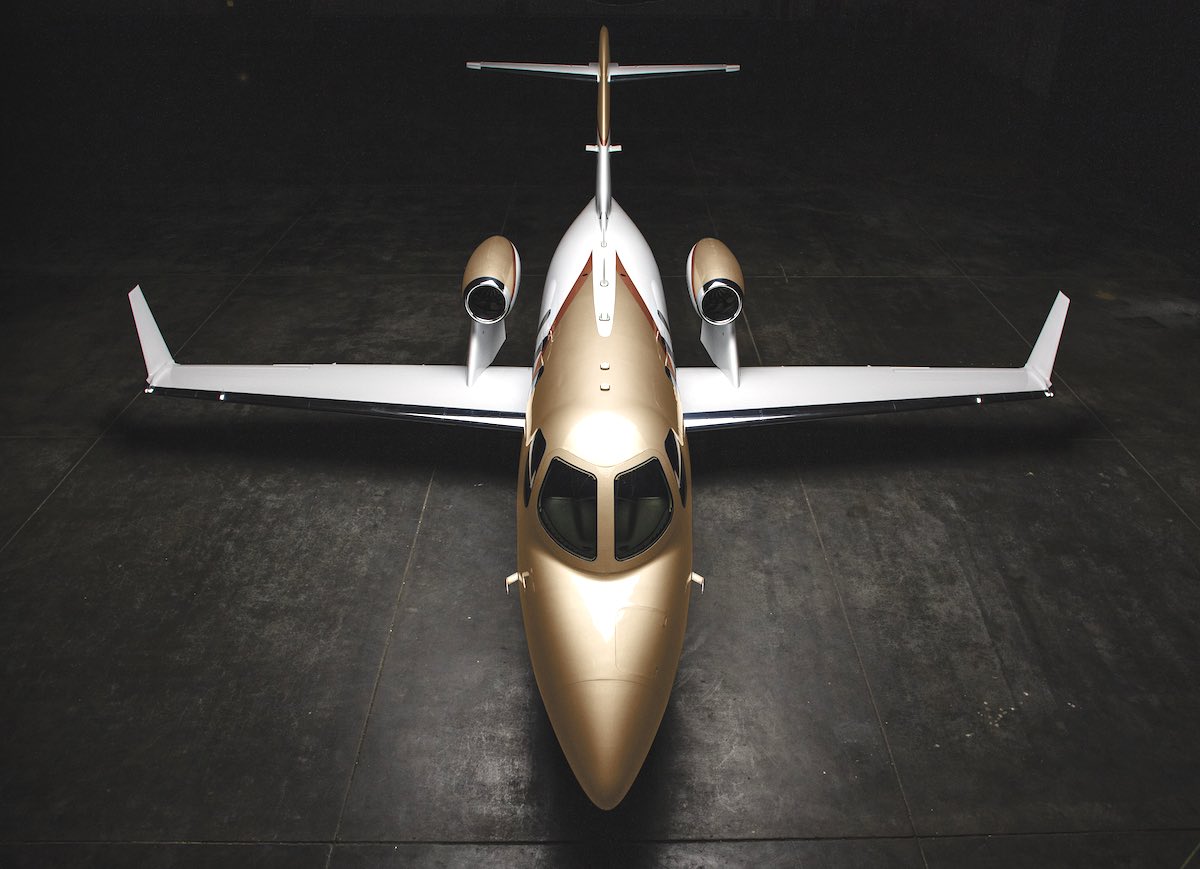
Emerging trends in the pandemic economy suggest significant changes ahead for the private aviation industry, with sustainability, increased ownership, and enhanced safety features standing out as key areas of growth and development. As more high-net-worth individuals purchase private jets, the demand for quick, low-cost journeys has skyrocketed. Higher fuel prices have even prompted greater interest in hybrid electric technologies and other cost-saving, eco-friendly features. Jet owners are increasingly wanting to pilot their own plane, too, so that they can have complete control over their travel experience from beginning to end. Clearly, passion for personalized aviation is at an all-time high and, with it comes an exciting new market for long-range aircraft, technological innovation, and, of course, head-turning interiors. The following trends will carry into the next decade, propelling the industry to new heights of luxury and customized comfort.
The Movement Toward Sustainability
Across multiple sectors, eco-conscious technology is becoming the wave of the future, with climate change and sustainability becoming top concerns in the 21st century. Achieving net-zero emissions in a fossil fuel-powered industry like aviation is going to take some serious commitment from airlines in the next decade, but there’s no shortage of innovative ideas ready to be implemented and funded. With more private planes taking to the sky, the need for carbon offset programs is growing. Some companies, like the UK’s Air Charter Service, have launched programs that allow customers to pay a small 0.5% fee to purchase carbon offset credits through organizations certified by the United Nations and Gold Standard. Through this incentive, customers can rest assured their environmental impact will be offset through carbon reduction efforts elsewhere when they land.
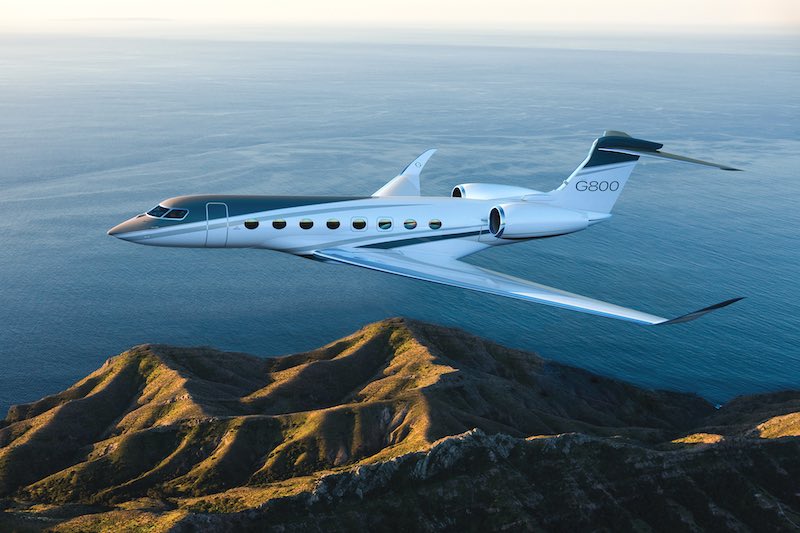
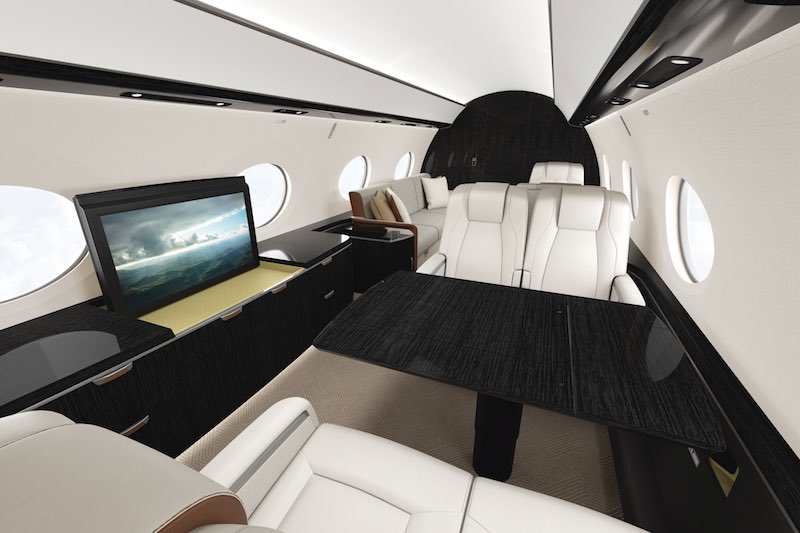
Environmentally friendly aircraft, like the Gulfstream G400, are also hastening the trend toward sustainable travel. Equipped with Pratt & Whitney PW812GA engines and aerodynamic clean-wing design, this large cabin-class plane consumes less fuel while flying further distances, setting the industry bar higher for efficiency and eco-conscious engineering. Better yet, these environmental upgrades don’t sacrifice any luxuries or comfort; the plane is still capable of soaring gracefully through the skies at an impressive Mach .085 cruising speed. The HondaJet Elite S has also made fuel efficiency one of its key selling points. With a slim design and some of the lowest CO2 emissions in the industry, this business jet reduces both environmental and noise pollution, making it a smooth, silent, and sustainable ride. As the Gulfstream G400 and HondaJet Elite S show, going green and reaching net-zero carbon emissions is the next benchmark for private aviation, ensuring the future of flight does not compromise the future of the planet.
Enhanced Safety Features
The expansion of air travel and the ongoing coronavirus pandemic have given rise to creative safety features that meet these ongoing challenges in private aviation. Air cabin filtration has undergone an upgrade in recent years due to the coronavirus’ airborne transmissibility. Some systems, like the one aboard the Gulfstream G800, are using plasma-ionizing technology to neutralize 99.9% of bacteria, allergens, and odors. This feature, which prevents the recirculation of stale air throughout the cabin, allows passengers to breathe a sigh of relief—without the fear of getting sick. Gulfstream has also introduced their award-winning Predictive Landing Performance System, which alerts pilots to possible runway excursions, allowing them to adjust their course preemptively. This state-of-the-art feature has made landing a private plane safer than ever before so that jet owners, new and experienced, can soar through the sky with confidence and peace of mind.
Demand for Long-Range Aircraft
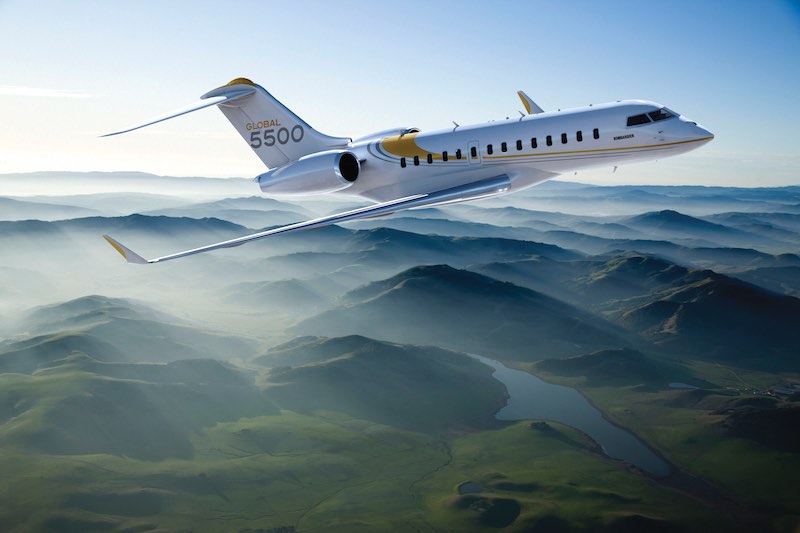
The longer a plane can go without refueling, the more desirable the aircraft. That’s why current trends in private aviation point toward enhancing fuel efficiency so that passengers can take longer trips to more far-flung destinations. For example, Dassault’s Falcon X series is specifically engineered for making ambitious trips across the globe, boasting sleek interiors that win awards and stoke envy in jet enthusiasts everywhere. The Bombardier Global 5500, a perfect jet for a business mogul on the go, comes equipped with spacious cabins and revolutionary seating to make global travel a luxurious experience. The Praetor 600 by Embraer is a carefully crafted mid-size jet with upscale interiors and range that is best-in-class. These private jets give owners access to the entire world, their fuel efficiency and top-notch aerodynamics eclipsing previous models and launching long-range air travel into a comfortable—and classy—future.
An Increase in Ownership
The pandemic revealed just how convenient, safe, and preferable private aviation can be since passengers make less contact with crew members and other travelers during their trip. As a result, wealthy individuals have opted for personal aviation at higher rates, accelerating demand to peak levels for the industry. Jahid Fazal-Karim, owner and Chairman of the Board at Jetcraft, recently noted upon the release of Jetcraft’s 5-Year Pre-Owned Business Aviation Market Forecast that “Manufacturer backlogs and wait times for new aircraft are rising. This factor, paired with a growing buyer pool, means many will be compelled to turn to pre-owned aircraft to meet their needs. With the projected growth in wealth converging with increased use in business jet solutions, we expect to see the road to ownership accelerate among many users, which is an exciting prospect.”
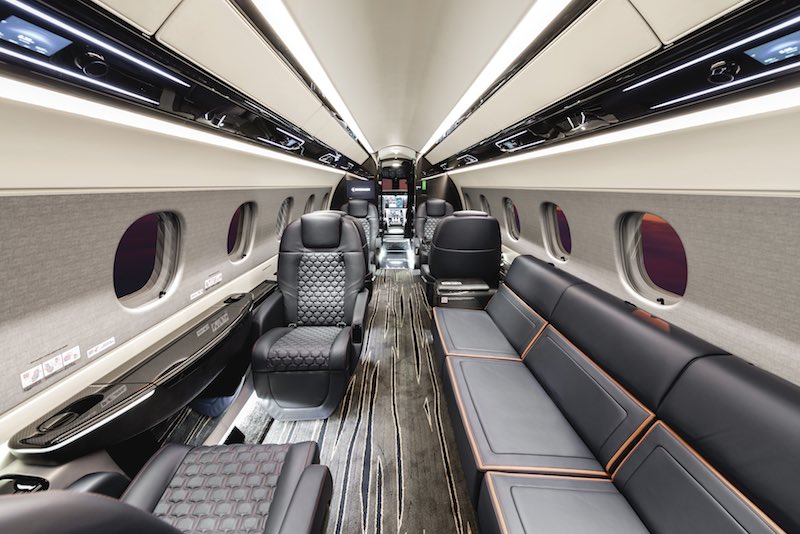
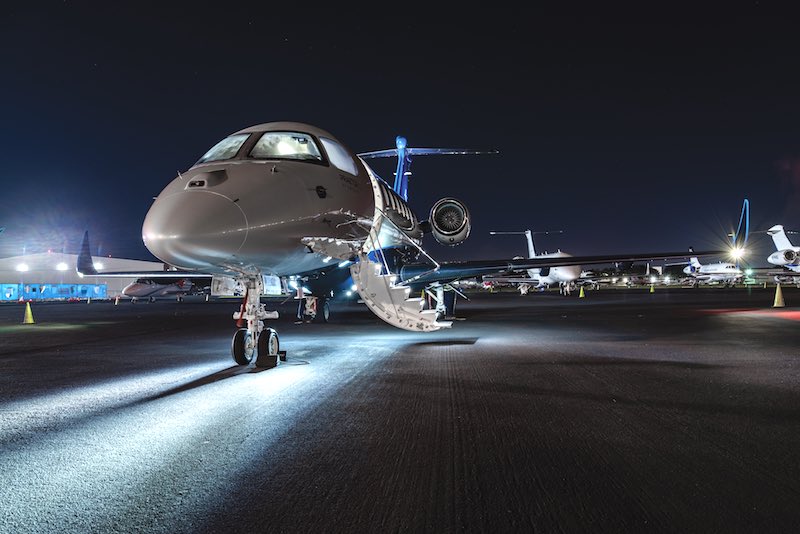
This burgeoning trend toward ownership has ignited and expanded the market for used private jets, a trend that is projected to continue over the next five years, according to Fazal-Karim. He notes that “the combination of limited commercial airline services, plus expanding offerings within business aviation, presents the sector with a real opportunity to further broaden its customer base and secure long-term prosperity. We are also predicting the industry will maintain its post-pandemic momentum and expect to see 12,261 pre-owned transactions worth $57.2B in value over the next five years.” Not only is private air travel undergoing a technological upgrade, but it is also experiencing an unprecedented age of ownership as more well-to-do travelers move a private jet from their wish lists to reality.
Evolving Skies
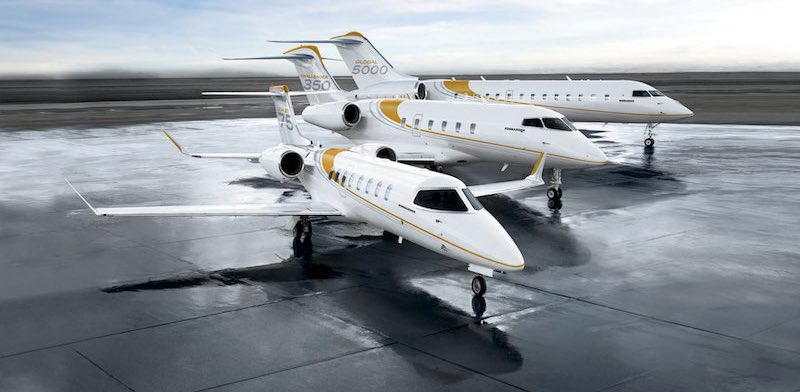
Private jet ownership is the ultimate status symbol, empowering elite travelers to fly to the ends of the earth—all on their own terms. For decades, private planes have given entrepreneurs and financiers the freedom to do business across the globe and allowed celebrities and creatives to live a posh lifestyle without the hassle and delays of commercial aviation. According to recent trends, the future of the industry is bright. Sustainable and efficient design, combined with increased ownership, luxe interiors, and enhanced safety, means that the next phase of private jet ownership will be even more prestigious, practical, and progressive than the last.

